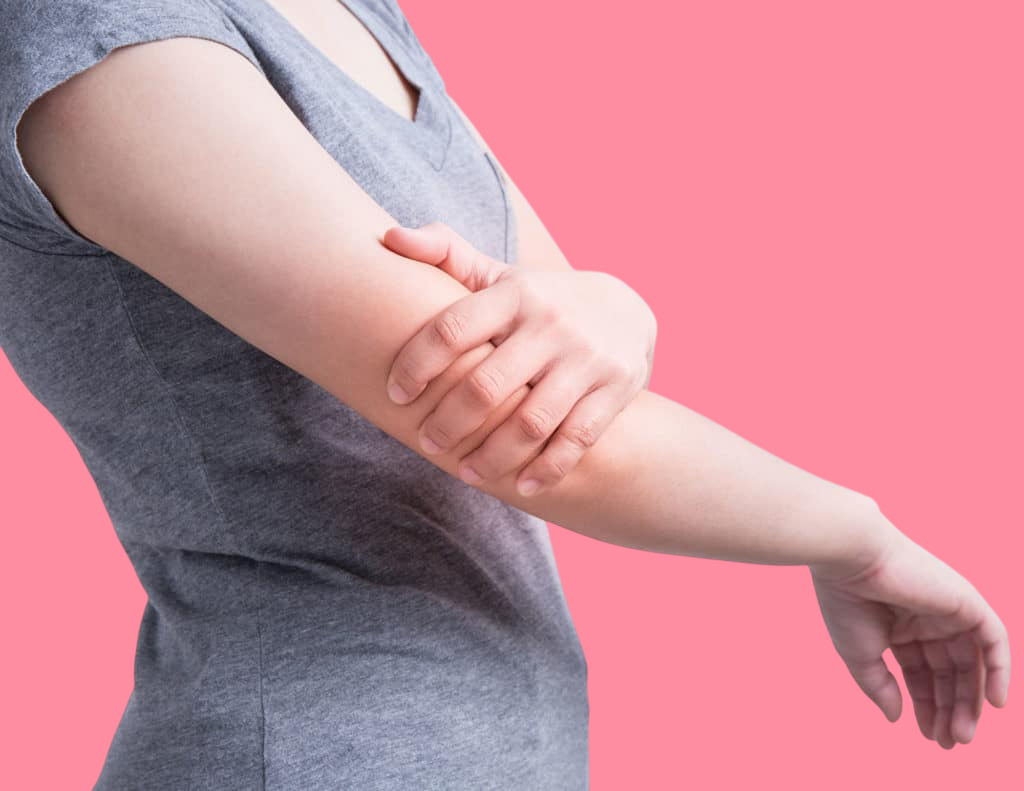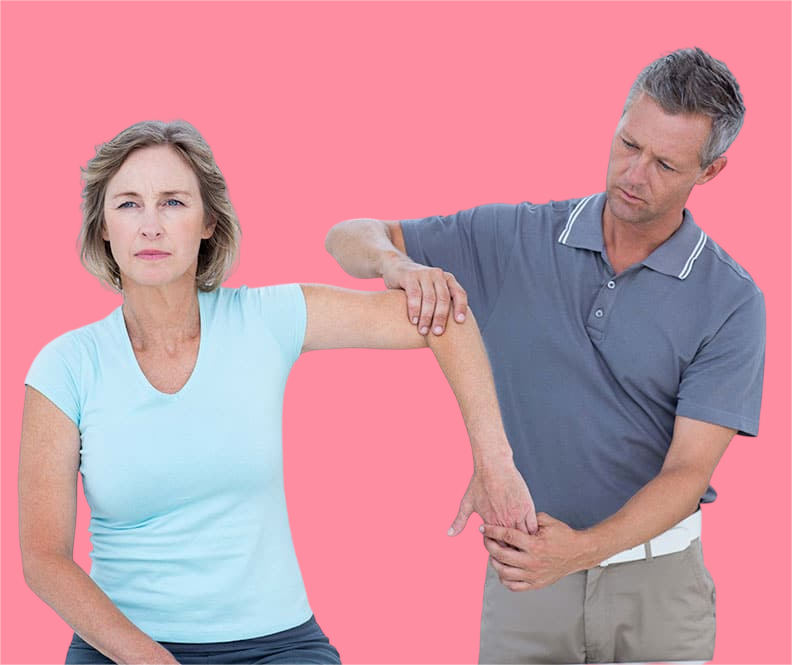Many women suffer from health problems related to bones and joints, and osteomalacia is one of the most common, especially during certain periods of a woman's life, such as pregnancy or menopause.
This condition affects bone strength and durability, increasing the risk of fractures and deformities. It can worsen if not diagnosed and treated early.
What is osteomalacia in women?
Osteomalacia is a condition affecting the skeletal system, leading to weakened bone strength due to mineral deficiencies, most notably calcium and phosphorus, or a deficiency in vitamin D, which is essential for the absorption of these minerals. Women are more susceptible to osteomalacia due to hormonal and nutritional factors, in addition to their biological nature.
Causes of osteomalacia in women

There are various causes that lead to osteomalacia, the most prominent of which are:
- Vitamin D deficiency due to lack of exposure to sunlight or malabsorption.
- Malnutrition, particularly a lack of calcium and phosphorus in the diet.
- Repeated pregnancy and breastfeeding, which deplete a woman's calcium stores.
- Digestive system diseases such as celiac disease or intestinal absorption problems.
- Chronic kidney disease that affects mineral balance and vitamin D.
- Long-term use of certain medications, such as antiepileptic drugs or cortisone.
- Lack of movement and physical inactivity, which weaken bones over time.
Symptoms in Women
A group of symptoms may indicate osteoporosis, including:
- Persistent bone pain, especially in the legs, back, and pelvis.
- Muscle weakness and difficulty standing or walking for long periods.
- Recurrent fractures, especially in the long bones.
- Skeletal deformities such as bow legs.
- Low height over time due to vertebral compression.
- General fatigue and easy exhaustion.
Methods for Diagnosing Osteomalacia in Women
Diagnosis relies on several steps performed by the doctor, including:
- Clinical examination to identify the sites of pain and deformities.
- Blood tests to measure calcium, phosphorus, and vitamin D levels.
- X-rays to see changes in bone density.
- DEXA bone density measurement (DEXA scan) to determine the extent of bone damage.
- Additional tests for kidney function or gastrointestinal absorption may be performed as needed.
Possible Complications of Osteomalacia If Ignored
If the condition is not treated appropriately, complications may occur, such as:
- Permanent bone deformity, especially in the lower extremities.
- Loss of normal mobility.
- Future osteoporosis.
- Increased risk of fractures, even with minor injuries.
- Negative psychological impact due to pain and decreased mobility.
Medications Used to Treat Osteomalacia
Several medications are available to treat osteomalacia in women, including:
- Vitamin D, such as One Alpha.
- Calcium, such as Caltrate.
- Vitamin D injections, such as Ferro-D.
- Osteoporosis medication, such as Fosamax.
- Phosphorus supplements, such as sodium phosphate.
Treatment methods of Osteomalacia in Women

Treatment focuses on correcting nutritional deficiencies and improving mineral absorption, and includes:
- Following a diet rich in essential nutrients.
- Regular exposure to sunlight for short periods daily.
- Appropriate exercise, such as walking and resistance training.
- Treating the underlying cause if chronic diseases are present.
Foods that help treat osteoporosis
Diet plays a pivotal role in treatment. The most beneficial foods are:
- Milk and dairy products, as they contain calcium.
- Fatty fish such as salmon and sardines, as a source of vitamin D.
- Egg yolks and liver, as they strengthen bones.
- Leafy vegetables such as spinach and broccoli.
- Nuts and seeds, especially sesame and almonds.
- Dried fruits such as figs and dates, as they contain important minerals.
Preventive Steps to Avoid Osteomalacia
To prevent this condition, it is recommended to follow the following steps:
- Exposure to sunlight daily for 15-20 minutes.
- Eat a balanced diet containing calcium and vitamin D.
- Exercise regularly.
- Avoid smoking and carbonated drinks.
- Regular medical follow-up, especially during pregnancy or menopause.
- Use nutritional supplements when needed and under the supervision of a physician.
The Difference Between Osteomalacia and Osteoporosis
Although both conditions affect bone strength, there is a difference between them. Osteomalacia occurs due to a lack of minerals during bone growth and often affects children and women of childbearing age.
Osteomalacia, on the other hand, refers to the loss of bone density after bone growth has completed and is more common among postmenopausal women.
Article Summary
Osteomalacia in women is a health condition resulting from a deficiency in minerals and vitamins essential for bone health. It manifests as pain, weakness, and frequent fractures.
It may be associated with hormonal or nutritional factors or chronic diseases. It can be diagnosed through blood tests and x-rays. Treatment includes correcting nutritional deficiencies, sun exposure, and appropriate exercise. Proper nutrition and medical follow-up contribute to prevention and improve women's quality of life.